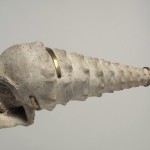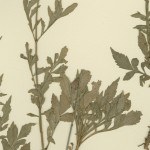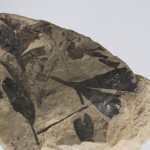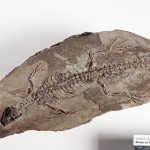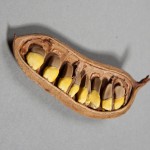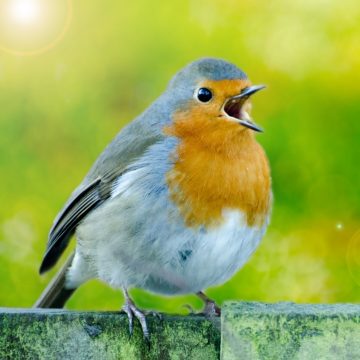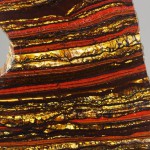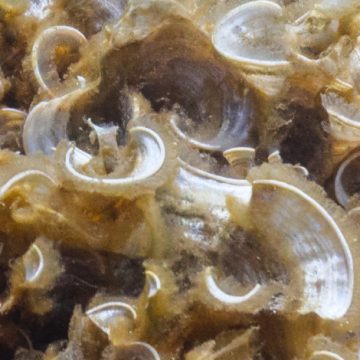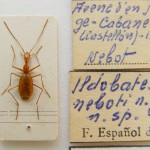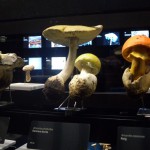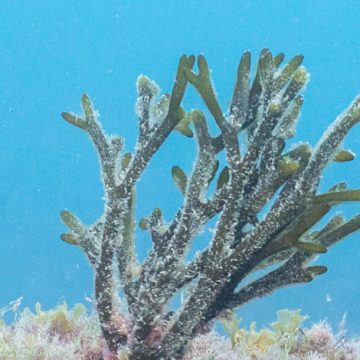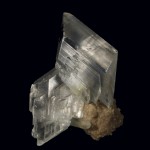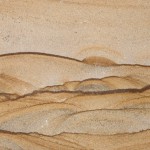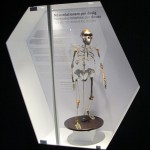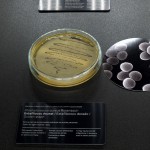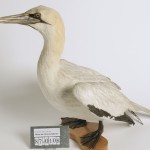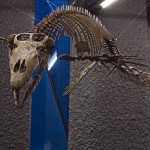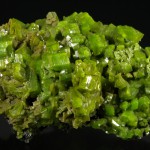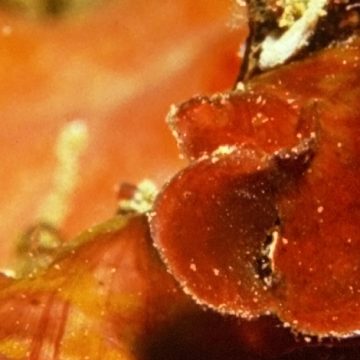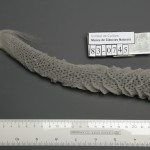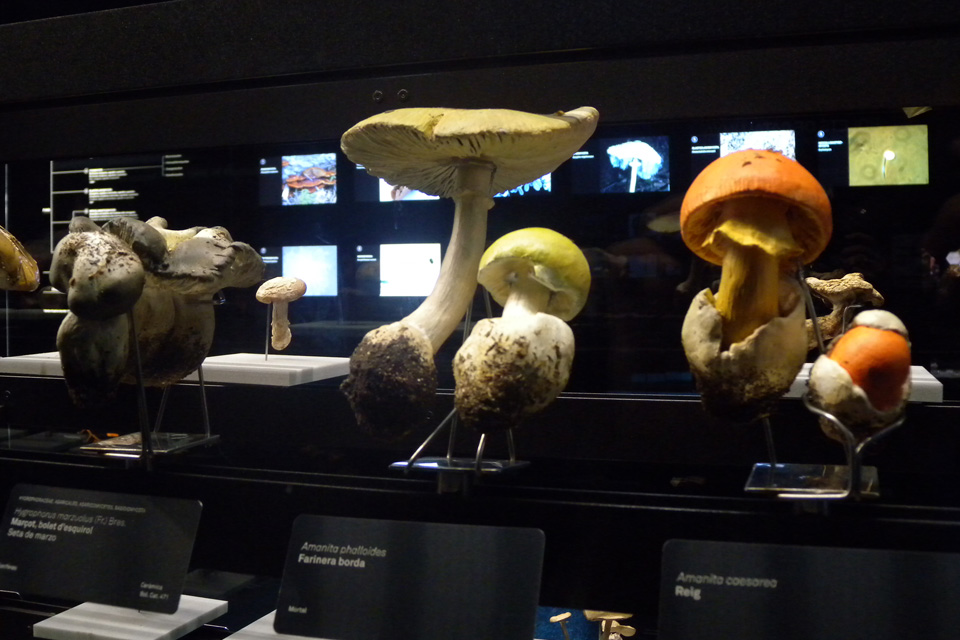
Two large display cases in the section on fungi in the ‘Earth Today’ exhibition enable us to discover what they are, what they look like and the role they play in nature, whilst also observing the huge diversity to be found.
Display case 1
In this display case, which is divided into two sections, we can observe different aspects of fungi. In the first section, we learn about the presence of fungi in our lives, which is greater than we might think. Fungi intervene in beneficial processes and are particularly important in the food and drink, medicine, environmental and industrial sectors.
The second section is devoted to a description of the different groups of fungi, which are very extensive and include such diverse organisms as diverse as yeasts, moulds (plant and animal parasites), lichens and mushrooms. They are eukaryotes (with a true nucleus) and feed on organic matter (heterotrophic), which they absorb through their surface.
Display case 2
Discover the diversity of fungi in Catalonia thanks to the lyophilisation (freeze drying) process to which they have been to conserve them permanently as if they were in their natural habitat.
Although they were long considered to be plants, fungi are, in fact, a group that shares characteristics with both plants and animals. Their main function is to break down organic matter. In this display, the Museum unveils a collection of mushrooms from Catalonia.
You can consult the pollen map of Catalonia or download the application Al K. Polen, which informs about pollen and spore levels in Catalonia, based on information provided by XAC, the Aerobiological Network of Catalonia, or find about these levels in the Canary isles using information from the EOLO-PAT project.

